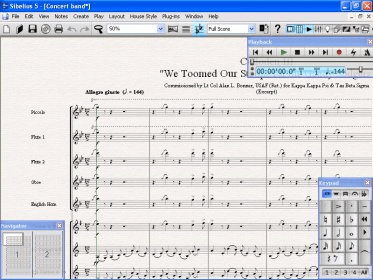

Around the time he was working on Kullervo, Sibelius made an immersive study of his native Finnish music and worked hard to improve his mastery of the language. But without doubt there was a personal element too: the feeling of being-like Kullervo-ill-fated dogged Sibelius throughout his creative life, despite huge successes at home and abroad.Īt the same time, identification with Finnish nationalism brought Sibelius a new sense of purpose and creative focus. In basing the work on the story of Kullervo, doomed hero of the Finnish national verse epic, the Kalevala, Sibelius implies parallels with his country’s own tragic destiny, for so much of its history dominated by its powerful neighbours, Sweden and Russia. Scored for solo voices, male chorus and orchestra, this monumental five-movement canvass is part symphony, part tone-poem, part dramatic cantata-the third movement, ‘Kullervo and his sister’, ends in something close to an operatic scena. The first work Sibelius actually called a ‘symphony’, Kullervo (1892), is a gigantic hybrid, its embrace almost as wide as in Mahler’s contemporary Resurrection Symphony. Sibelius on the other hand had recently finished his Third Symphony, barely a third of the length of Mahler’s Eighth, using a small, severely classical orchestra-no words, no descriptive programme, only his typically energetic and imaginative musical logic to sustain interest.īut go back to the beginning of Sibelius’s career and things look very different. This so-called ‘Symphony of a Thousand’, for vast vocal and colour-enhanced orchestral forces, begins with an invocation to the Holy Spirit and ends with Goethe’s Faust, embodiment of striving humanity, presented at the throne the Queen of Heaven.

Mahler had just completed his most extravagant, ambitious symphony, No 8. Firstly, we have to remember the date of that meeting: 1907: at this point the two composers couldn’t have been much further apart in terms of their ideals. The contrast seems dazzlingly clear: Mahler is the self-confessed magpie genius, drawing everything he sees and hears into his teeming, visionary symphonic collages Sibelius is the ruthlessly abstract organic logician, in pursuit of ever-greater ‘inner connection’. Sibelius remarked that he ‘admired its severity and style and the profound logic that created an inner connection between the motifs.’ Mahler disagreed strongly: ‘No, the symphony must be like the world. On a walk together they discussed the essence of the symphony. In 1907 the two men met in Helsinki during one of Mahler’s conducting tours. If you want to make use of the alternative offered by Avid for musical notation, try downloading Sibelius.There is an oft-repeated story about Jean Sibelius and his great contemporary Gustav Mahler. Magnetic Layout, thanks to which, we can organise notes automatically, despite only dragging them to the main window.Live Tempo, a system with which we will be able to modify the tempo in real-time.It also includes two revolutionary technologies for this kind of software: The program has a configurable interface (we'll be able to choose what set we need), it offers support for MIDI instrument controllers and is compatible with writing methods by means of Piano Roll or guitar tabs. In fact, it has native support for ProTools.

The fastest, easiest and smartest way to write music.įurthermore, it also offers integration with any studio environment, thanks to its ReWire technology. Sibelius is the program that the majority of professionals choose when they use a musical notation application to compose music, because it has all the elements necessary to work on any kind of piece of music.


 0 kommentar(er)
0 kommentar(er)
